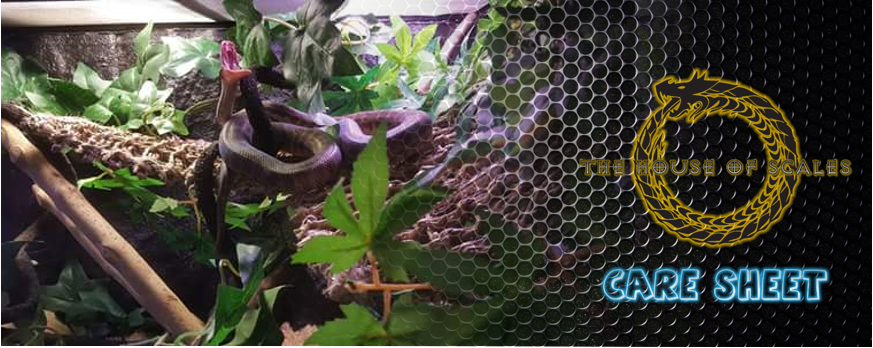Stimson Python Care and Advice Sheet
General Information
| Natural Habitat: | Perth in the southern part of the coastal range, north to the southern edge of the Kimberley region |
| Scientific Name: | Antaresia stimsoni |
| Size: | Maximum length is approximately 100 cm |
| Life Expectancy: | 15 – 25 years in captivity if well cared for |
| Living Temps: | Day time temperature of 32-35°C |
Housing, Lighting & Enclosure Setup
Enclosure:
Enclosure size will depend on the size of your python. 30cm is sufficient for a hatchling and it’s important to make sure they don’t feel threatened by a large space.
As they grow so should the enclosure size, with a 2-3 foot enclosure suitable for an adult Stimson python. You can be as creative as you like just keep everything practical, non-toxic, and select an enclosure that will allow for a thick layer of substrate.
Heating/Lighting:
This will depend on the size of the enclosure and placement. Generally you will need a bulb to generate heat that will hit at least 32-35°C in the basking area during the day time, and the non-basking end of the enclosure should sit at around 20°C however, for hatchlings we recommend you keep that temperature up to around 25-32°C.
Lights and heating should be on for 12 hours per day during the summer and 10 hours per day during the winter however, with hatchlings we recommend you leave their heating on 24 hours per day until they reach 1-year-old. A simple timer from Bunnings, Kmart or similar will regulate this for you.
During winter a heat cord or mat can be used to keep the floor temperature up, as Stimson pythons do enjoy a good burrowing, so keeping your substrate warm is important. You can place this across half of the base of the enclosure and attach to a thermostat which will help ensure it doesn’t get too hot.
A UV light can also be used but is not necessary as snakes are nocturnal reptiles, however enclosure placement can allow for natural light to filter in, keep in mind this will be filtered UV.
You don’t need to spend a fortune on reptile branded globes for your basking area, Bunnings has you covered. Instead of spending $20 per globe, try out a two pack of Phillips Flood lights (we mainly use the 75w globes) for $5.
Substrate:
There is a lot of conflicting information about what is the best substrate to use for a Stimson python.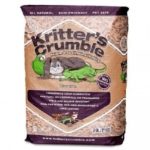
We recommend using a coconut husk type substrate such as Kritter’s Crumble which is readily available at most pet and reptile stores and relatively inexpensive. The larger chip size won’t get consumed by your python and makes for an easy to burrow in substrate.
Our Stimson pythons enjoy a substrate layer of up to 3 inches thick which allows for them to create tunnels and choose an area in the enclosure that is at the temperature they most prefer.
Backgrounds:
These can be purchased from most pet/reptile stores and will set you back anywhere from $30 for a very basic backing, well up to $300-500 for some of the more intricate designs with built-in basking ledges.
The cost-effective alternative is to make your own. If you would like more information about how to make your own custom backing please email The House of Scales at: thehouseofscales@outlook.com
Decorations:
When designing your enclosure it’s important to keep in mind that you want to keep the enclosure practical for your python. Stimson pythons are typically ground dwelling, however do enjoy higher basking spots. Placing branches that create a basking area near the heat source will often be used however, tubing/tunnels in your substrate or a simple ground based hide will often be their lazing place of choice. Other options for creating basking areas can include:
– reptile hammocks
– fastened ledges
– pavers/rocks (ensure these are secure with no risk of falling);
– and even thick ropes can be fastened to create multiple basking areas.
Tips for creating tunnels:
– We use and recommend cleaned and sanded PVC piping. It’s sturdy and easy to clean. You can buy elbow joints at hardware stores for less than $1 if you want to get really creative.
For more information about reptile hammocks and the various shapes and sizes available please visit: www.thehouseofscales.com.au or email thehouseofscales@outlook.com
We recommend to avoid using live plants in the enclosures as many are toxic to reptiles and generally will get destroyed. On top of that they can prove to be very difficult to remove for cleaning if your python accidentally mistakes them as a toilet.
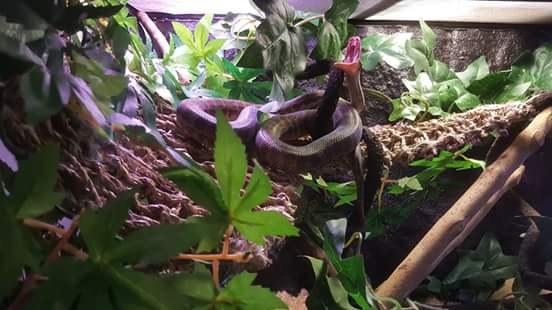
Feeding Diet and Handling
What to feed your python:
Food size and type will depending on the size of python you have. With Stimson pythons they prefer a diet mainly consisting of mice.
A hatchling should start on pinkie mice and move up in size when you feel he/she is ready. Feed no more than once a week at this age.
As your python grows in size so should its food and eventually they will be eating adult mice. Feeding no more than once every 2 weeks for a juvenile, and 2 – 3 weeks at the most for adults, will keep your python healthy without the risk of overfeeding. Do not increase the frequency that you feed your python as there is no need.
Stimson pythons will happily take rats as well as mice, however we recommend steering more towards mice as rats are fattier and you want to avoid ending up with an overweight Stimson as they are low energy consumption reptiles.
Other food you can put on the menu as “sometimes” treats are:
– Baby quail
– Day old chickens
It is extremely important to make sure that the enclosure temperatures are correct before offering food as feeding a snake when it is cold can result in food beginning to decompose before it is digested which can lead to life threatening problems. Heat helps the digestion process.
During winter, your snake may choose to go into brumation (sleep for a few weeks) which is totally normal behaviour. During this time do not try to feed your python, instead wait until it has clearly woken up from its big sleep and then begin your feeding regime again.
If you are uncertain of what to include in your pythons diet speak with your local pet/reptile shop or email The House of Scales at: thehouseofscales@outlook.com
How to feed your python: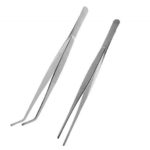
Ensure the food is completely thawed. Place the mouse (or other frozen meal) in room temperature water and allow to slowly thaw. Once COMPLETELY thawed placed in warm water to raise its temperature and feed to your python right away (this will help your snake recognise its meal).
Using tongs to feed your python will ensure you don’t accidentally get your hand or finger mistaken as food which can easily happen as snakes rely on smell and heat signature to identify their meal.
Water supply and humidity: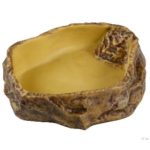
A constant supply of fresh water is very important. A large bowl is preferable as that will help with the humidity levels in the enclosure (humidity in the enclosure will help to promote a clean shed and is important for your pythons health) and larger bowls are less susceptible to bacteria build up.
Ensure you take out and clean the water bowl at least once a week, or right away if your python accidentally mistakes it as a toilet.
Handling:
Every snake is different and depending on the environment your snake has come from, can have a strong impact on how it handles.
Young snakes are by nature very cautious and will typically bite at most things that come near them. Luckily their bite is cuter than it is painful, so this gives you plenty of time to get your hatchling used to being handled.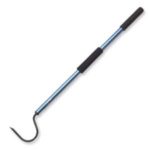
Slow movements are always best when handling a snake, with trust being the key building block to a bite free relationship. The more often you calmly handle your python the more you will build its trust in you.
If you bring an older python into your family who isn’t handling well you may want to add a snake hook to the mix to show your python that no harm is coming to it during these handling sessions. This will help you to avoid being bitten whilst still getting your python out for some 1 on 1 time. However, Stimson pythons are well-known for their calm nature so typically you shouldn’t have this problem.
What should I record?
Keeping a record of when you feed your python and the size of food is very important and required as a part of your licence.
Recording when your python sheds is also important as this can help you monitor its growth rate, and if your python has any problems with shedding and how often. Problems with shedding can sometimes be caused by not enough humidity in the enclosure, so this can be easily fixed however, if this is an ongoing problem we recommend you pay your local reptile vet a visit.
If you have any concerns or would just like some advice please feel free to contact The House of Scales via the following:
– Facebook: The House of Scales Reptiles
– Email: thehouseofscales@outlook.com
– Website: www.thehouseofscales.com.au

